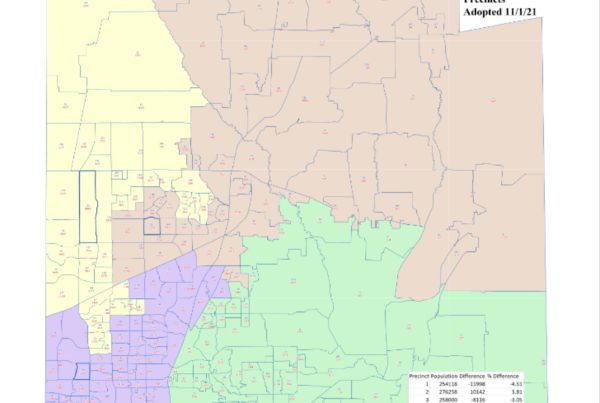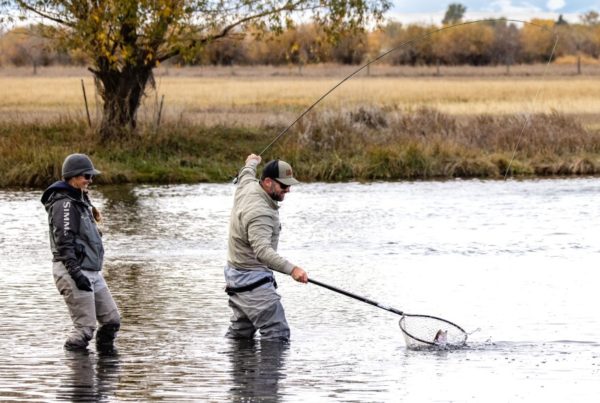For Ambrose Austin, and others at the meeting, these revelations were bad news.
Walking around his yard he points out a building, “We have a creek well, but that’s not actually functioning right now.”
Even though their water’s back on, since the meeting Austin and his wife Natalie have been assessing where they can get water and how they can store it.
“We have rain gutters too, Natalie is working on getting some rain barrels hooked up… so we have plans for the future to feel a little more secure about the water situation,” he said.
Austin is relatively new to the unincorporated community, he moved to the ghost town a year ago after finding a house for sale during the pandemic. It’s a beautiful piece of property with a view of nearby mountains as well as a pool that sits underneath Shafter’s vast sky.
“I think I was kind of swept up with the house,” he explained. “The landscape and the pool and I was like ‘okay, I’m gonna take it on faith that there’s going to be water there.”
Shafter’s access to water has always been a little tenuous. For years, locals relied on shallow wells or pumped water from the surface of a creek that runs through town. But in a drought-prone area like West Texas, wells can go dry — especially shallow ones. That’s why in the late 90s, the mine started to let people hook up to its water lines for free.
But even though the mine is still providing free water to the town, it really sunk in for Austin and some of his neighbors at the November meeting how unreliable their access to water really may be.
And water security isn’t something that only Shafter needs to think about according to Trey Gerfers, it’s something the entire region needs to put more thought into.

















